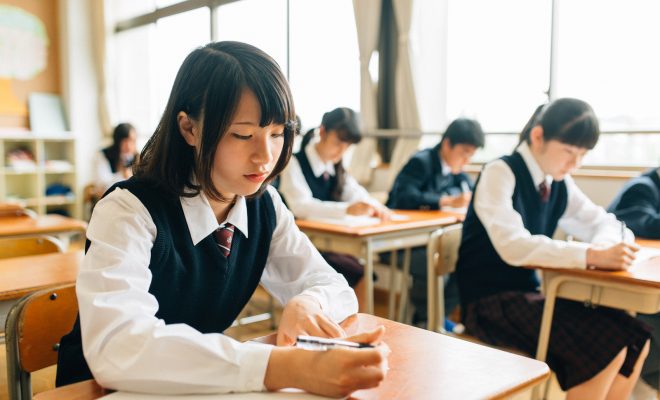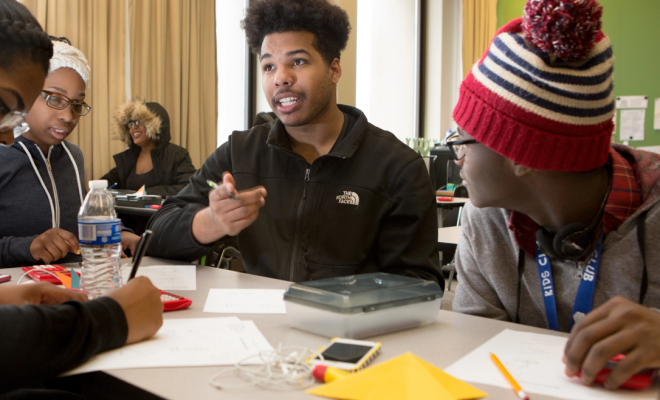Have You Tried a Glow Day in the Classroom

A Glow Day in the classroom is an exciting and engaging way to enhance learning and create a memorable experience for students. This unique approach involves transforming the classroom into a magical space filled with glowing lights, fluorescent objects, and colorful decorations. It can be a fun and immersive way to explore various subjects and promote creativity.
The concept of a Glow Day is simple. By using blacklights, glow sticks, fluorescent materials, and other glowing objects, the classroom is transformed into an entirely different environment. The soft and colorful glow creates a visually stimulating atmosphere that can captivate students’ attention and make learning a truly memorable experience.
So, what are the benefits of incorporating a Glow Day in the classroom? Let’s explore a few:
Engagement: The vibrant and captivating environment created by the glow lights captures students’ attention and helps maintain focus. It can motivate them to actively participate in activities and discussions.
Creativity and Imagination: The unique ambiance of a Glow Day fosters creativity and imagination. Students are encouraged to think outside the box and come up with innovative solutions to problems.
Multisensory Learning: The integration of visual and tactile stimuli enhances the learning experience. By incorporating hands-on activities and interactive materials, students can explore concepts through different senses, facilitating deeper understanding.
Collaboration: Glow Days often involve group activities and cooperative learning. Working together under the mesmerizing glow promotes teamwork and communication skills.
Subject Integration: A Glow Day can be integrated into various subjects, making it a versatile teaching tool. Whether it’s using glowing constellations in astronomy class or creating fluorescent artwork in art class, the possibilities are endless.
Here are a few ideas for activities that can be done during a Glow Day:
Glow-in-the-Dark Science Experiments: Conduct science experiments that involve glowing materials such as fluorescent substances, glow-in-the-dark paint, or phosphorescent compounds. Explore concepts such as luminescence, fluorescence, and phosphorescence.
Glowing Word Wall: Create a word wall using fluorescent sticky notes or highlighters. Have students contribute new vocabulary words or key concepts related to the current topic of study.
Glowing Math Manipulatives: Use glow sticks or glow-in-the-dark objects as math manipulatives. Students can practice counting, addition, subtraction, or even solving algebraic equations using the glowing materials.
Glowing Art Projects: Provide students with black paper, fluorescent markers or paint, and let their creativity shine. Encourage them to create glowing artwork or murals inspired by a specific theme or topic.
Glowing Reading Nook: Set up a cozy reading nook with fluorescent cushions, blankets, and books with glow-in-the-dark illustrations. Students can enjoy reading under the soft glow of the blacklight.
Remember to take safety precautions when implementing a Glow Day in the classroom. Ensure that all materials used are non-toxic and follow any relevant safety guidelines.
In conclusion, incorporating a Glow Day in the classroom can be a fantastic way to engage students and make learning fun and memorable. The immersive environment created by the glowing lights can enhance creativity, collaboration, and multisensory learning. So why not give it a try and see how your students light up with excitement during a Glow Day in the classroom?



